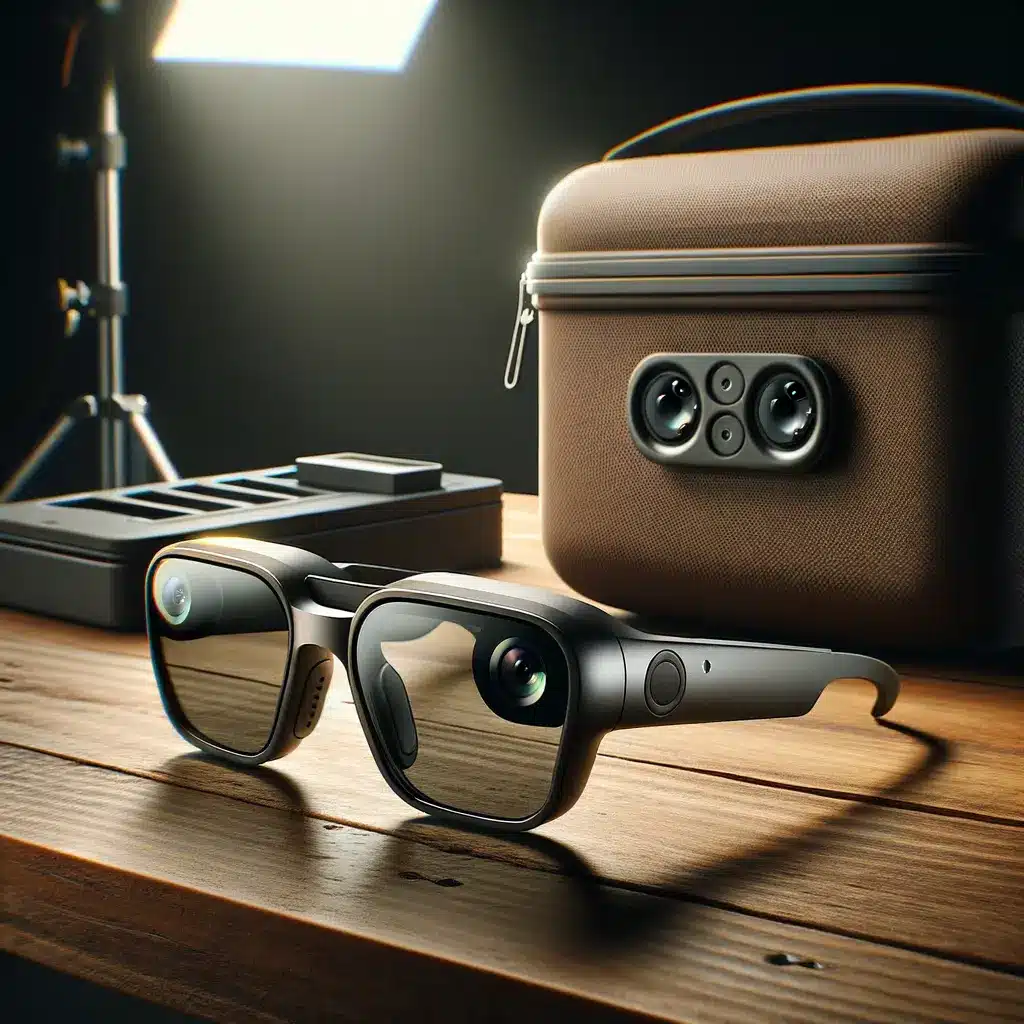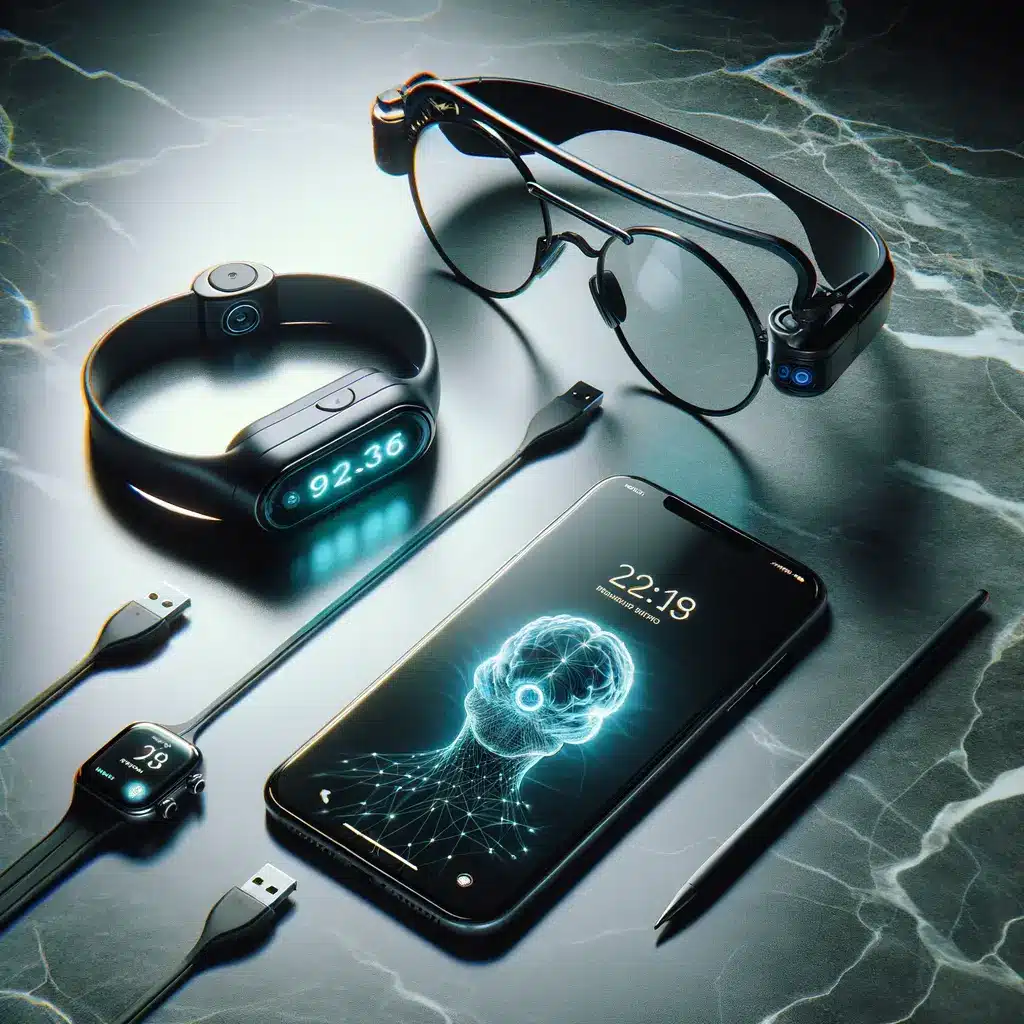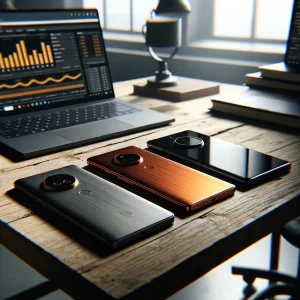Why the Meta Ray-Ban Smart Glasses Matter to Wearable Tech
The Meta Ray-Ban smart glasses are Meta’s first consumer eyewear to integrate a full-color display you can actually glance at without blocking the real world. Priced at $799, the Meta Ray-Ban smart glasses position themselves between basic camera glasses and full AR headsets. For years we’ve been promised eyewear that replaces the smartphone; after a full morning of testing, this is the closest we’ve come. From the moment you slip them on, the primary selling point is clear: a bright micro-projected screen that only you can see. That discrete window lets you check messages, navigation, or Meta AI without fishing a phone from your pocket. In other words, Meta Ray-Ban smart glasses finally translate many everyday phone tasks into genuinely hands-free moments.
Of course, the idea of a computer on your face invites skepticism. Weight, battery life and, frankly, fashion have torpedoed past attempts. Yet these frames tip the scales at just 69 g and look like classic Wayfarers. Add auto-tint transition lenses and you’re staring at sunglasses that double as a heads-up display. Throughout this article we’ll unpack hardware, the neural wristband, software, and real-world limitations so you can decide whether Meta Ray-Ban smart glasses deserve a place in your tech rotation. For more context, see our post on the evolution of augmented reality wearables.

Hardware Breakdown: Cameras, Speakers & That Tiny Display
Under the familiar acetate shells, Meta Ray-Ban smart glasses squeeze in a surprising amount of hardware. The right arm hides a 3 K video camera capable of 12-megapixel stills, while five beam-forming microphones line both stems to capture near-field voice with impressive clarity. Twin open-ear speakers project surprisingly full audio—good enough for Spotify until about 40 % volume when sound leakage becomes obvious. A custom 389 mAh battery snakes through every millimeter of the temples, powering both the media components and, crucially, the new display engine.
That display is not true augmented reality; it’s a monocular micro-LED projector that bounces an image onto the inside of the right lens. Think of it as a private billboard floating just outside your peripheral vision. The brightness is rated higher than most flagship phones, and because projection is indirect, passers-by can’t see your screen. Storage and charging arrive via an excellent folding case that converts from protective clamshell to pocket-friendly envelope—small touches that make daily carry realistic.
At 69 g these frames weigh only 24 g more than standard Wayfarers, helped by over-extension hinges that flex for larger heads. For a deeper comparison of component density, check our teardown of the previous-gen Ray-Ban Stories.

Neural Wristband Controls: Gestures That Feel Second Nature
Controlling Meta Ray-Ban smart glasses revolves around the new neural wristband. Rather than ask users to wave hands in mid-air, Meta opted for an electromyography band that reads tiny electrical signals from wrist muscles. The result is a set of pinch, swipe, and rotate gestures that require minimal motion and work even in a pocket. After roughly an hour, double-tapping thumb and index finger to wake the display or pinching to select becomes almost subconscious.
Accuracy hovered around 97 % in our tests, and—crucially—false positives were rare. Because the system doesn’t depend on outward-facing cameras, it functions in the dark, under tables, or while holding a coffee. The familiar touchpad on the glasses’ right temple still pauses music or scrolls volume, and a physical shutter button captures photos. Yet for most tasks the neural wristband is faster, especially when dictating WhatsApp replies or scrolling a recipe.
Battery life for the band easily outlasted the eyewear itself, lasting a claimed full day. Comfort mirrors a lightweight smartwatch strap. If you’ve read our piece on Apple Vision Pro hand-tracking, you’ll appreciate that Meta’s approach trades spatial precision for everyday practicality—an important lesson for emerging wearable tech trends.
Software & Apps: What You Can (and Can’t) Do Today
Swipe right from the minimalist home screen and you’ll find a sparse grid of first-party apps. There is no app store yet, so early adopters are limited to Meta Maps, WhatsApp, Meta AI, Spotify, Camera, Captions, and Translate. Still, each app demonstrates how Meta Ray-Ban smart glasses reinterpret common phone tasks. WhatsApp feels transformed: messages pop into view line-wrapped for the square display, full-screen photos open with a pinch, and replies are lightning-fast via voice dictation—helped by five near-field mics that rival dedicated podcast gear.
Captions leverages those mics, too, floating real-time subtitles for the person you’re facing while ignoring background chatter. Translate adds delayed bilingual text, handy but a tad awkward during pauses. Meta Maps shows a live arrow that rotates with your head, though its data set pales next to Google Maps; frequent travelers may prefer the phone for complex routing. Spotify’s custom skin lets you thumb through playlists, yet you’ll want earbuds if you need volume beyond café ambience.
Because roughly half the functions still rely on a Bluetooth-tethered phone, the glasses stop short of replacing a handset. Still, firmware updates arrive monthly, and Meta promises an SDK soon. Bookmark our tutorial on sideloading experimental apps once that drops.

Real-World Performance: Wins, Limitations & Privacy
Out on city streets the Meta Ray-Ban smart glasses excel at quick glances: upcoming calendar reminders, a friend’s voice note, or a navigation turn appear faster than reaching for a phone. Transition lenses adapt within seconds as you step outdoors, and the 2.5× sharper camera compared with last generation captures authentic point-of-view clips—great for cyclists or streamers. Whisper-level dictation lands punctuation accurately, making meetings less disruptive.
Yet limitations surface. Battery life tops out around four hours of mixed use—fine for commuting, not for long haul flights. The 3 K camera lags a fraction after pressing record, leading to missed moments. At volumes above 40 %, open-ear speakers leak enough audio for subway neighbors to hear your playlist. Maps outside major metros feel barebones, and lack of third-party apps means no Slack, no Google Calendar, no Apple Music.
Privacy remains a hot button. Although the private display is invisible to bystanders and a white LED signals recording, you’re still pointing a lens at people’s faces. In jurisdictions with strict consent laws, that matters. If those trade-offs concern you, our articles on ethical AR design and wearable data security may help.

Should You Buy? Future Outlook for Meta AR Glasses
So, are Meta Ray-Ban smart glasses worth $799 today? For most consumers, probably not—yet. Early adopters who crave cutting-edge wearable tech trends will love the bright display, neural wristband, and always-there convenience. Content creators may appreciate effortless POV footage, and multilingual travelers will value on-the-fly captions. Everyone else may want to wait for lower prices, longer battery life, and an app ecosystem that rivals smartphones.
Still, these frames signal a strategic pivot. Meta Ray-Ban smart glasses plant a flag before Apple’s rumored lightweight Vision headset, nudging mainstream culture toward face-worn computing. Monthly software updates, a forthcoming SDK, and maturing Meta AI hint at rapid iteration. Expect future models to add binocular displays, improved sensors, and perhaps true augmented reality overlays.
For now, the Meta Ray-Ban smart glasses are best viewed as a tech preview you can actually buy. They demonstrate that meaningful tasks—messaging, navigation, translation—can live in your peripheral vision without turning you into a cyborg. If you’ve followed our smart glasses review series, you’ll recognize this as the strongest proof yet that eyewear could eventually dethrone the phone. Whether you jump in now or watch from the sidelines, keep an eye on this space—literally and figuratively.







